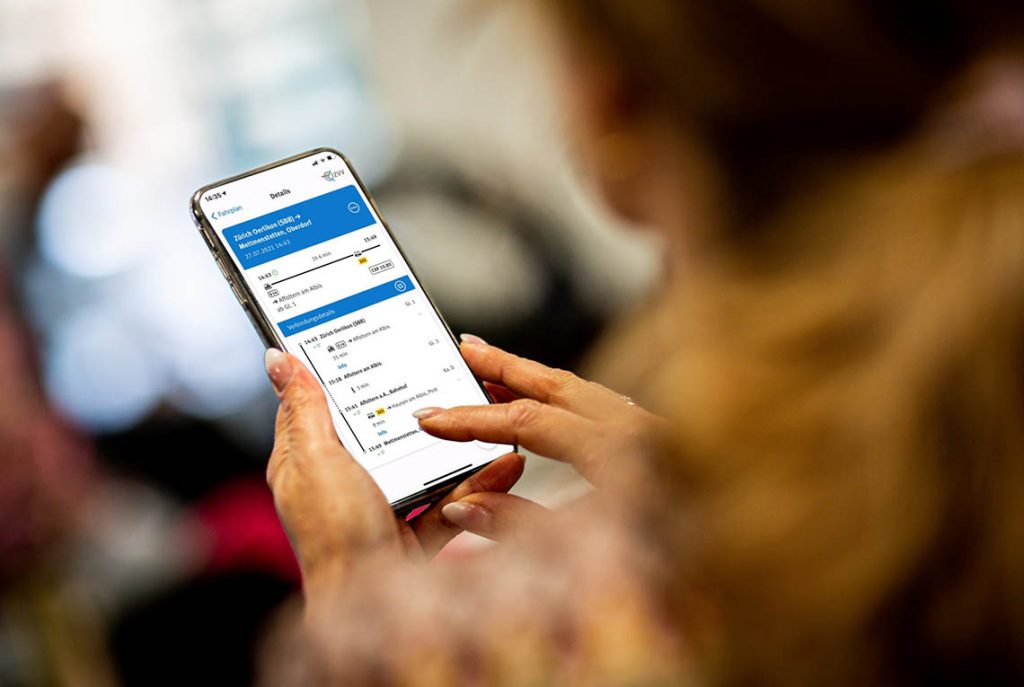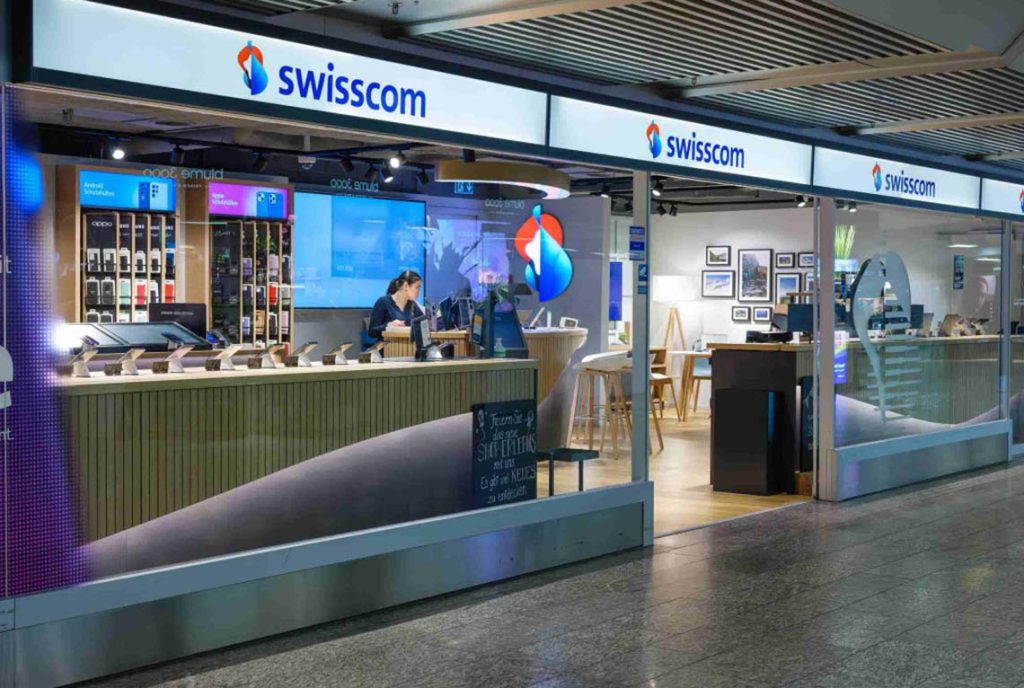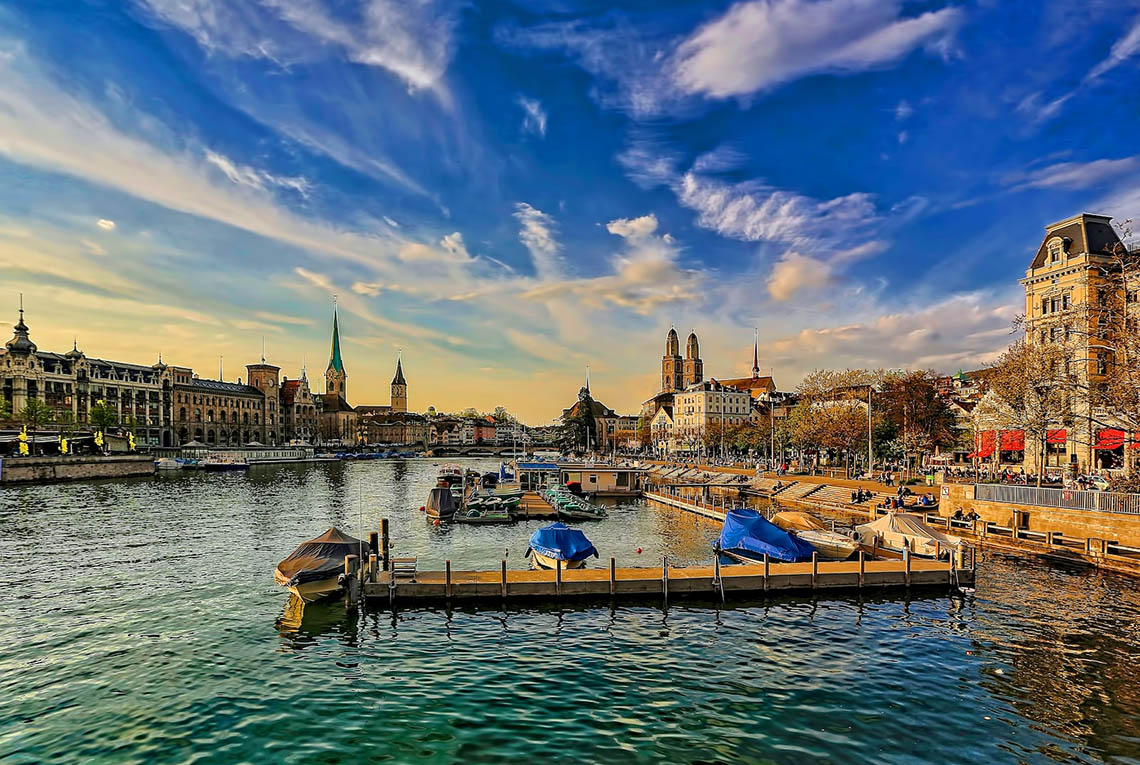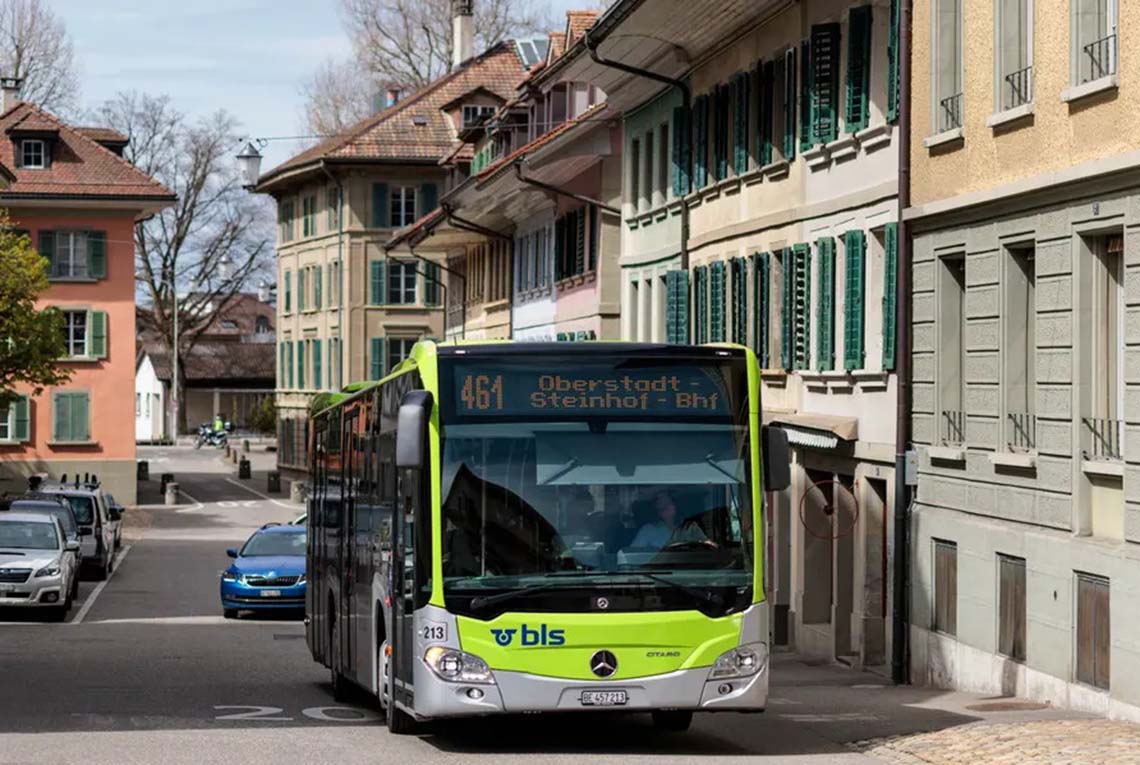Zurich, the largest city in Switzerland, is a destination known for its breathtaking landscapes, pristine lakes, historic old town, and world-class museums. But like many Swiss cities, Zurich can also be quite expensive, and traveling here requires a bit of preparation if you want to make the most out of your trip.
1. Get the Zurich Card
One of the most valuable tools for any tourist in Zurich is the Zurich Card. This handy pass grants you unlimited access to Zurich’s public transport system, including trams, buses, boats, and even trains within the city limits. Additionally, it offers free or discounted entry to many of the city’s top museums and attractions.
During my visit, I opted for the 72-hour Zurich Card, which cost around 53 CHF. The card saved me a considerable amount on transport alone, but the real perk was the discounts on museums like the Swiss National Museum and Kunsthaus Zurich. You can buy the Zurich Card at the airport, main train station (Zurich HB), or online before you arrive.
Pro Tip: The Zurich Card also includes a free ferry ride on Lake Zurich — a relaxing and scenic way to see the city from a different perspective.
2. Master Zurich’s Public Transport System
Zurich’s public transport system is incredibly efficient, and you can get virtually anywhere in the city using trams, buses, or trains. To get around like a local, familiarize yourself with the city’s tram network. Zurich is divided into fare zones, and as long as you stay within Zone 110 (which covers the city center), you won’t need to worry about extra costs.
One of the best travel hacks is to download the SBB Mobile app or ZVV Timetable app. These apps show you the most efficient routes, real-time departure information, and even allow you to purchase tickets directly from your phone. I found the app particularly useful when trying to navigate the city’s different tram lines, especially during busy times.

Pro Tip: Always make sure to validate your ticket before boarding a tram or bus, as there are no ticket gates. Fines for riding without a valid ticket can be steep.
3. Take Advantage of Free Walking Tours
Zurich’s old town (Altstadt) is a must-see, with its cobblestone streets, historic buildings, and stunning churches like the Grossmünster and Fraumünster. One of the best ways to explore this area is by joining a free walking tour. These tours are led by local guides who share fascinating stories about Zurich’s history and culture.
The tour I joined was both informative and fun, and I even learned about hidden spots in the city that I would have missed otherwise. While the tour itself is free, tipping the guide is appreciated if you enjoyed the experience.
Pro Tip: Zurich’s old town is also home to some of the best chocolate shops. Make sure to stop by Confiserie Sprüngli for a taste of the famous Luxemburgerli macarons.
4. Explore the City on Foot or By Bike
Zurich is a very walkable city, and if you enjoy exploring on foot, you’ll find that many of the main attractions are within easy walking distance of each other. From Bahnhofstrasse, one of the world’s most exclusive shopping streets, to the peaceful shores of Lake Zurich, you can cover a lot of ground in a single day.
If you prefer cycling, Zurich has an excellent bike rental system. Züri Rollt offers free bike rentals from several locations around the city (you just need to provide a deposit and ID). I spent a day cycling along the lake, which was not only a great way to see the city but also a relaxing way to spend the afternoon.
Pro Tip: Always check for pedestrian or cycling paths, as Zurich drivers can be quite punctual and strict about rules.
5. Timing is Key for Museum Visits
Zurich is home to some fantastic museums, but entry fees can add up. However, several museums offer free admission on specific days or during certain times. For example, the Kunsthaus Zurich is free on Wednesdays, and the Swiss National Museum offers free entry on the first Sunday of the month.

I made sure to time my visits to these museums accordingly, which allowed me to save on entry fees while still getting to enjoy world-class art and history exhibits.
Pro Tip: If you’re a fan of contemporary art, don’t miss the Migros Museum of Contemporary Art, which is located in Zurich West, a trendy area known for its industrial-chic vibe.
6. Where to Eat on a Budget
Zurich is famous for its high-quality cuisine, but dining out can be pricey. To save on meals, I often visited Coop and Migros supermarkets, which offer a wide selection of fresh, affordable meals-to-go. For under 10 CHF, you can grab a sandwich, salad, or warm dish, and enjoy a meal by the lake or in one of Zurich’s many parks.
If you prefer dining in a restaurant, look for daily lunch specials (Mittagsmenü) at local spots. Many restaurants offer fixed-price menus at lunchtime, which are significantly cheaper than dinner. I found some great deals at Hiltl, the world’s oldest vegetarian restaurant, which offers a fantastic buffet with plenty of variety.
Pro Tip: Zurich’s street food scene is worth exploring. I had an amazing bratwurst from a stand near Bellevue Square for just a few francs. Just make sure to follow local etiquette and enjoy your food while standing by the stall.
7. Currency Exchange and Credit Cards
Switzerland uses the Swiss Franc (CHF), and while credit cards are widely accepted, it’s always good to carry some cash for smaller purchases, especially at markets or street food stands. I found that exchanging currency at the airport was quite expensive, so I recommend withdrawing cash from ATMs or using a credit card with no foreign transaction fees.
There are ATMs all over Zurich, and most of them offer good exchange rates. Additionally, some places allow you to pay in euros, but I found that paying in Swiss Francs was usually the better deal due to conversion rates.
Pro Tip: Always opt to be charged in Swiss Francs when using your credit card. Dynamic currency conversion, where you’re charged in your home currency, usually results in higher fees.
8. Get a Local SIM Card or Pocket Wi-Fi
Staying connected in Zurich is important, especially if you’re navigating the city using public transport apps or Google Maps. While free Wi-Fi is available at many cafes and public places, I found it helpful to have a local SIM card.
I purchased a Swisscom prepaid SIM card at the airport, which gave me 10GB of data for 20 CHF. It was more than enough for my week in Zurich, and I had reliable coverage throughout the city. You can also pick up SIM cards at kiosks or mobile stores throughout Zurich.

Alternatively, renting a pocket Wi-Fi device is another option if you’re traveling with a group. This allows multiple devices to connect to the internet, making it a convenient and cost-effective option for families or friends traveling together.
Pro Tip: Always check your phone’s compatibility with Swiss networks before purchasing a SIM card.
9. Respect Local Etiquette
The Swiss are known for being punctual, polite, and respectful of personal space. During my stay in Zurich, I noticed that locals value quietness, especially on public transport and in residential areas. Speaking loudly or making noise in public spaces is generally frowned upon, so be mindful of your volume.
Additionally, it’s important to be on time for any appointments, tours, or reservations. The Swiss are incredibly punctual, and being late is seen as disrespectful. I made sure to leave my hotel a bit earlier than planned to avoid any delays.
One memorable experience occurred when I visited a small bakery in the old town. I had mistakenly assumed it was acceptable to pay with a large bill for a small purchase, but the cashier politely informed me that smaller denominations were preferred for low-cost transactions. It was a gentle reminder of how important it is to adapt to local customs.
Pro Tip: Always greet shopkeepers or waitstaff with a friendly “Grüezi” (hello) when entering an establishment. It’s a small gesture, but it goes a long way in making a good impression.
10. Plan Your Itinerary and Budget Accordingly
Zurich is an expensive city, but with some careful planning, you can make the most of your budget. Before my trip, I set a daily spending limit and stuck to it by mixing free activities with paid experiences. I also made use of my Zurich Card to get discounts on attractions and transport.
When planning your itinerary, consider the city’s many free attractions, like strolling along the Bahnhofstrasse, visiting the Chinese Garden, or hiking up to the Lindenhof for panoramic views of the city. These activities cost nothing but offer rich experiences.
Lastly, don’t forget to factor in travel insurance when budgeting for your trip. Travel insurance is essential for covering unexpected events like flight cancellations, lost luggage, or medical emergencies. I’ve always found that investing in good insurance gives me peace of mind, allowing me to enjoy my trip without worrying about what could go wrong.
Zurich is a city that offers so much in terms of culture, history, and natural beauty. By following these 10 travel hacks, you can navigate Zurich like a local, stretch your budget, and ensure that your trip is both memorable and affordable. From mastering public transport to finding affordable meals and respecting local customs, these tips will help you make the most of your Swiss adventure.



